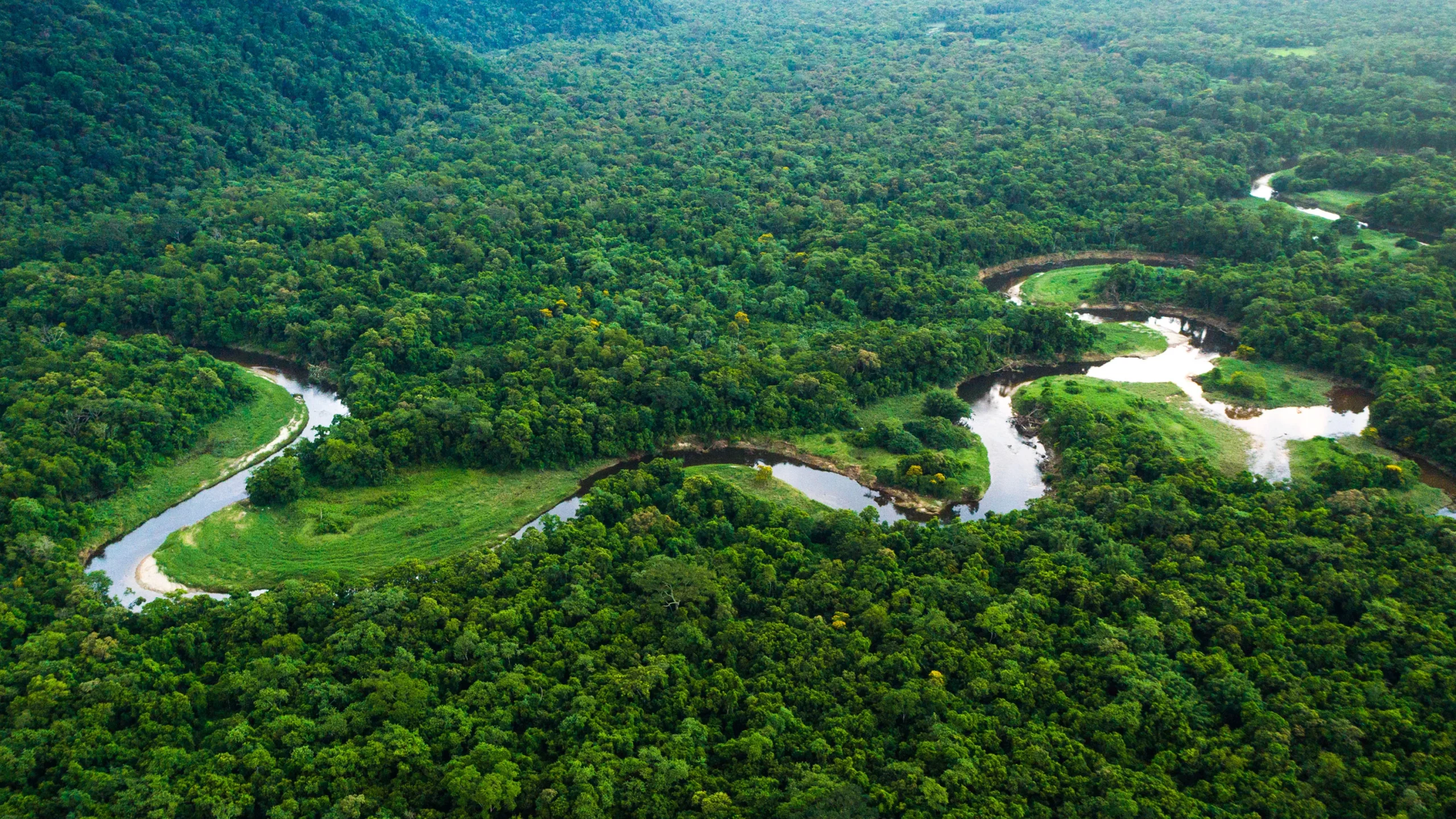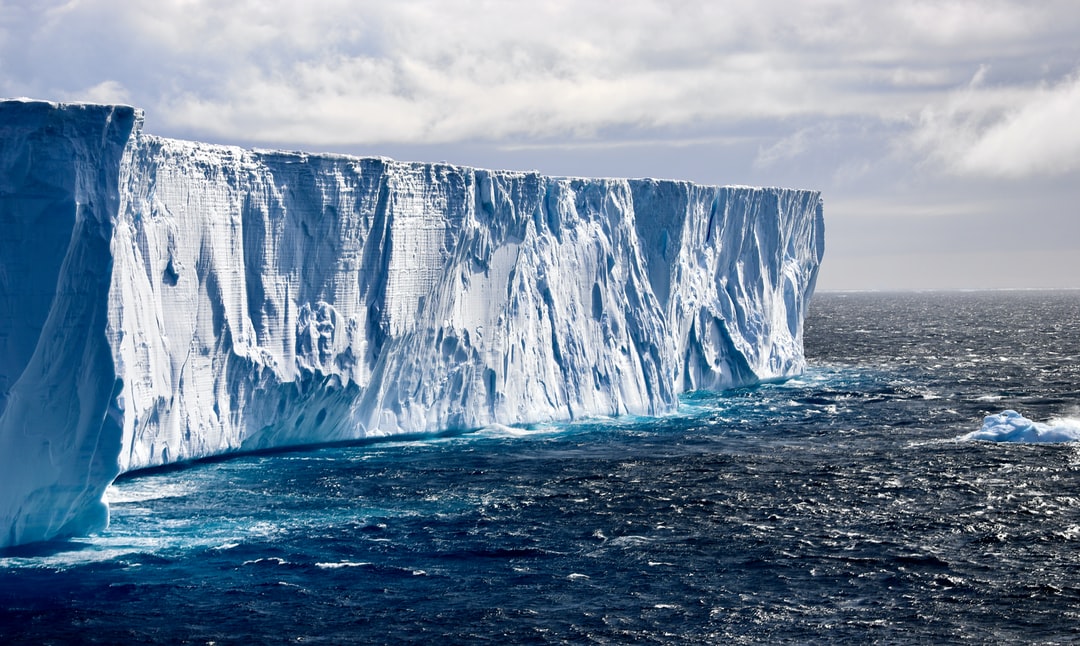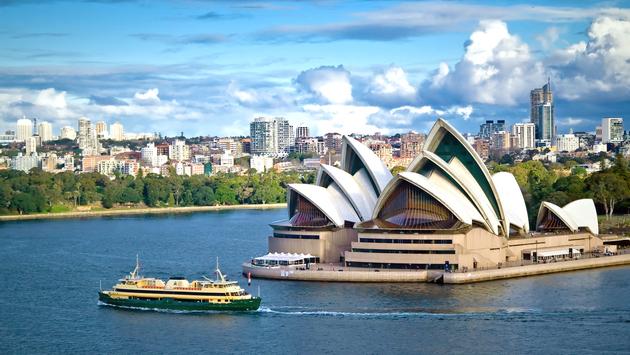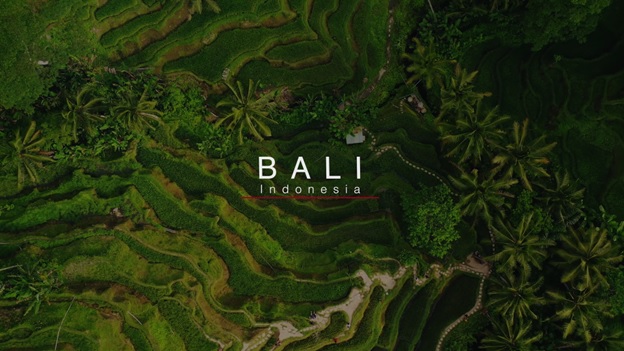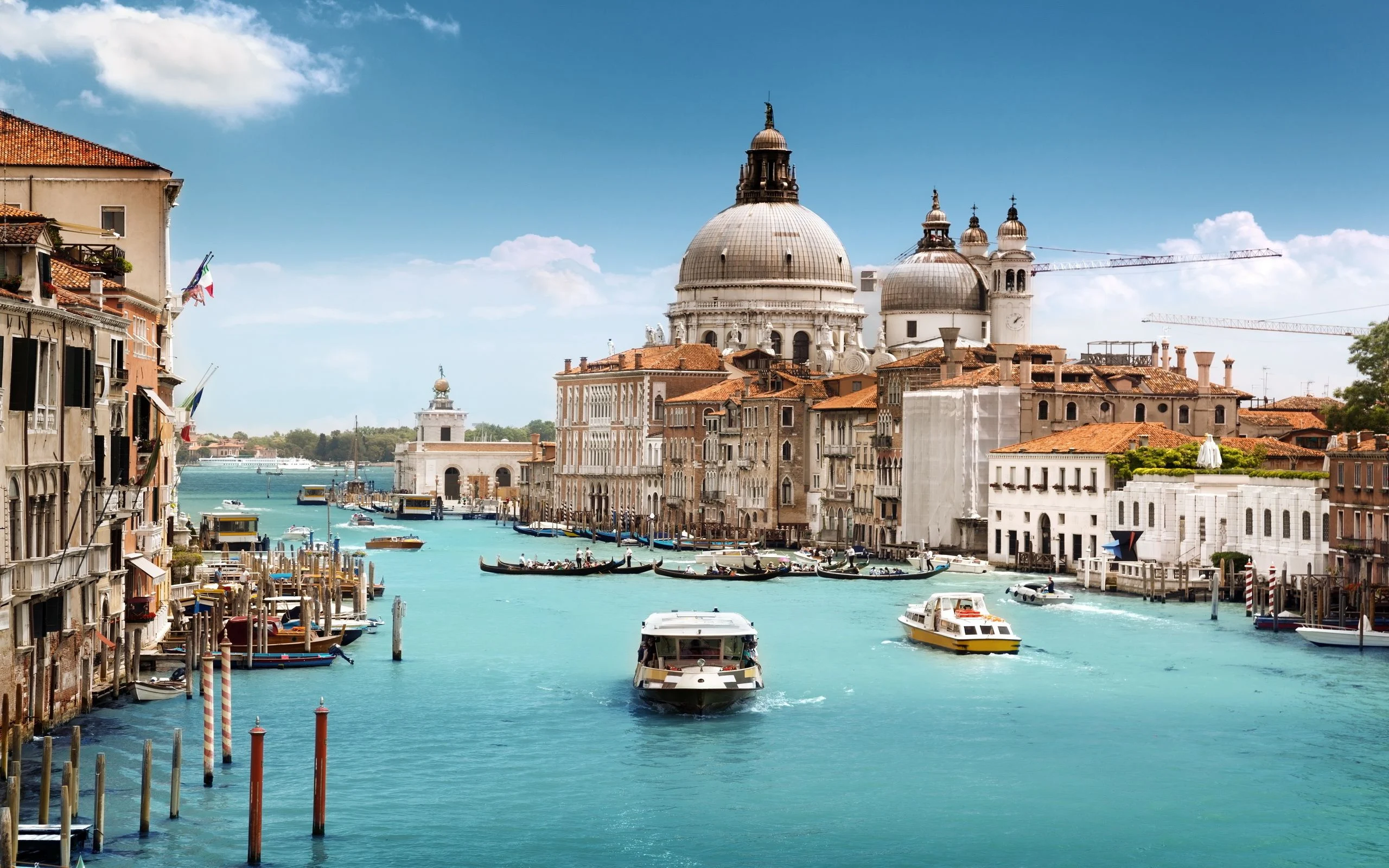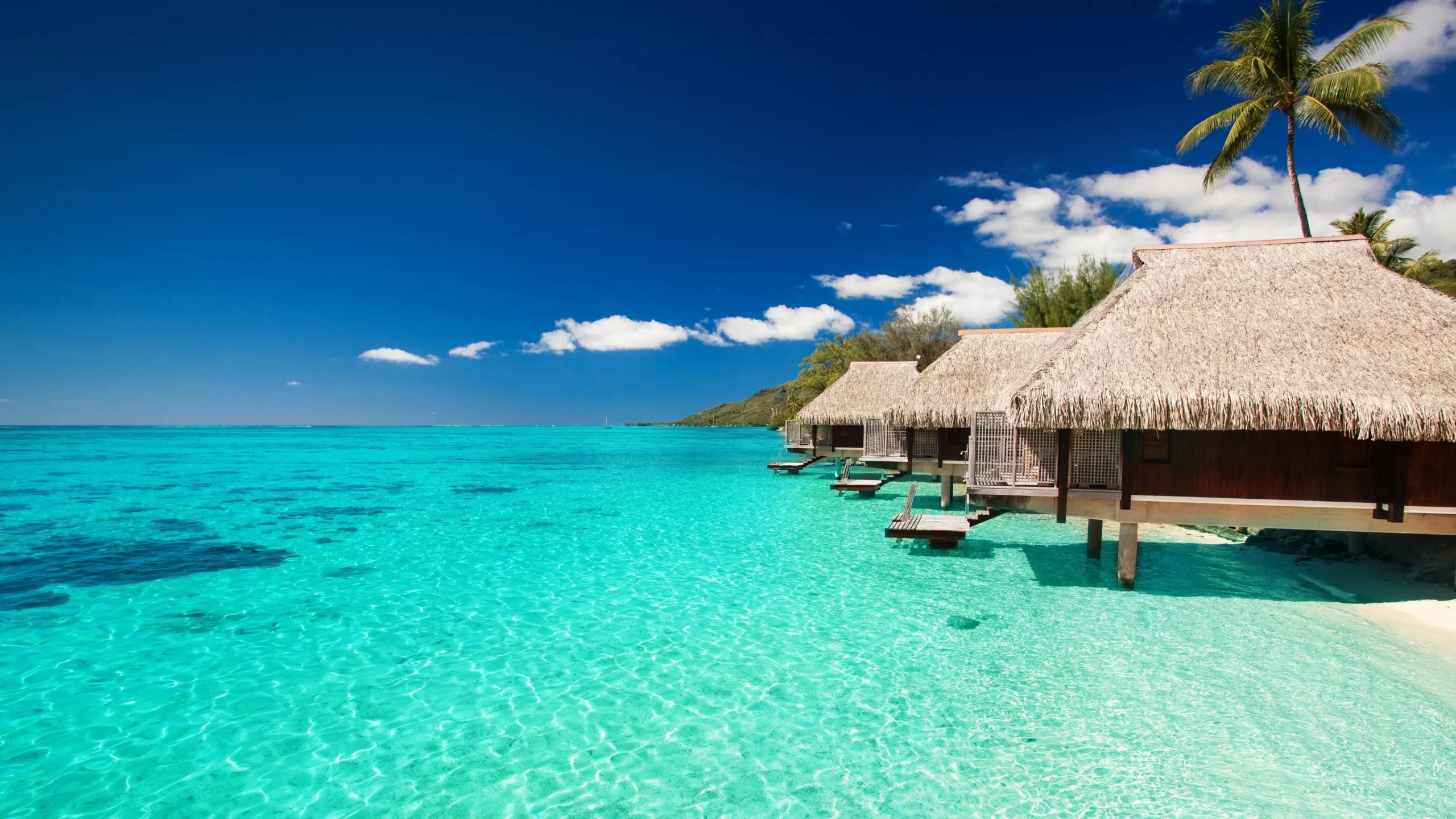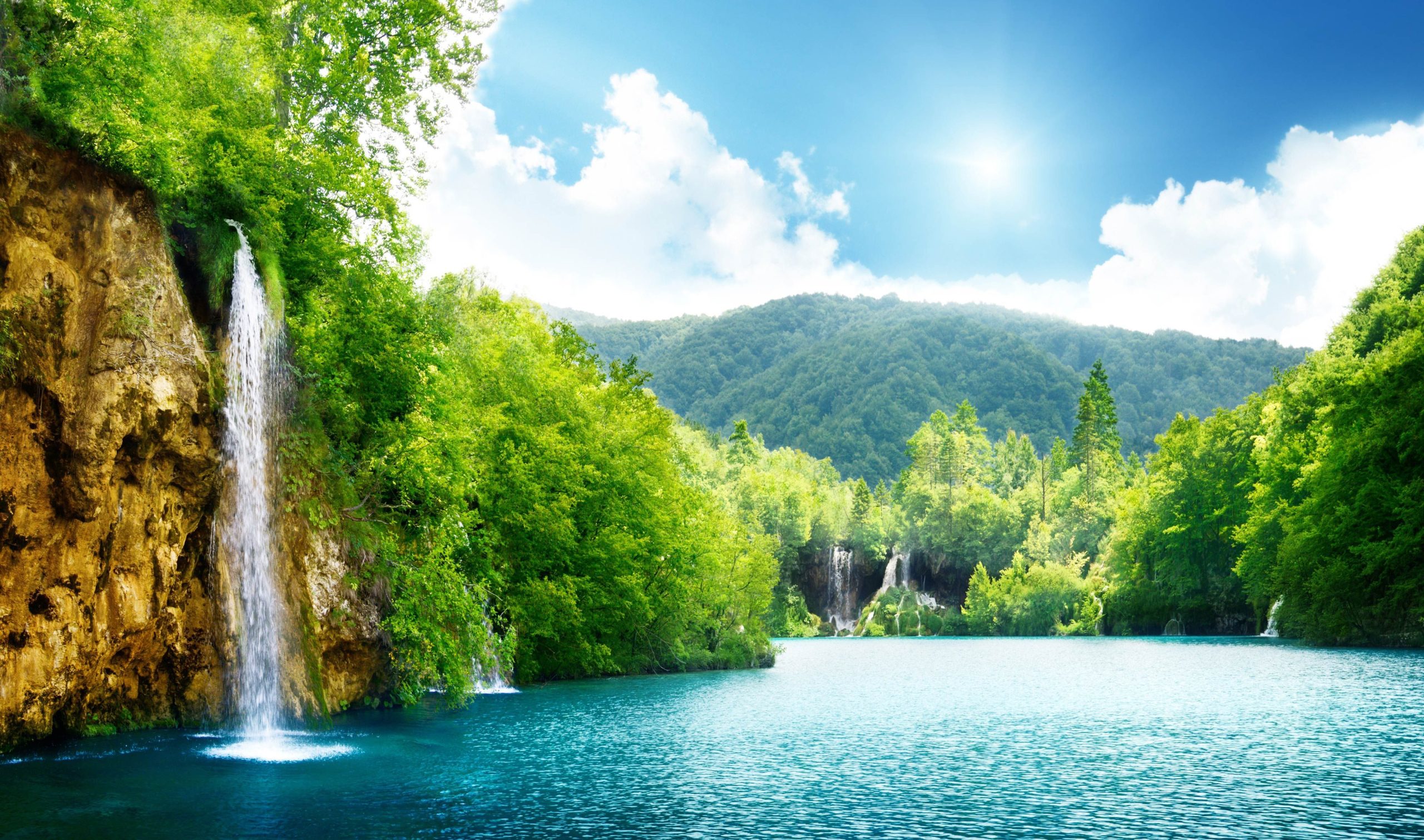Category: City
North Korea

History
The nation of North Korea is located in East Asia. It is located in the northern portion of the Korean peninsula, which protrudes from the mainland of Asia between the East Sea (Sea of Japan) and the Yellow Sea. North Korea is responsible for around 55 percent of the peninsula’s total land area. China and Russia are located to the north of this country. The Republic of Korea (often known as South Korea) is located to the south. Near the coast, the nation’s capital of Pyongyang serves as a significant hub for industry and transportation.
Also, in accordance with the provisions of the armistice that was signed in 1953. To put an end to the combat in the Korean War, a demilitarized zone (DMZ) is approximately four kilometers in length and 2.5 miles. In width separates North Korea and South Korea (1950). The Demilitarized Zone (DMZ) is the military cease-fire line that was established in 1953 and stretches for approximately 240 kilometers. Beginning at the mouth of the Han River on the west coast of the Korean peninsula and ending a short distance south of the North Korean town of Kosong on the east coast. Its length is equivalent to approximately 150 miles (240 km).
Population
After Japan’s lengthy occupation of the northern half of Korea. The Democratic People’s Republic of Korea (DPRK) establish on September 9, 1948, with support from the Soviet Union.
Moreover, it estimates that there are 25,549,604 people living in the country as of the year 2018, and they are spread out over an area that has a total surface area of 46,540 square miles (120,540 square kilometers). This results in a population density of 549.1 people per square mile (212 per square km).
The value of the North Korean People’s Won was use as the country’s official currency in 2017. It was projected that North Korea’s GDP in 2017 was $30 million (KPW).
North Korea’s people and language
The Korean peninsula has low racial and cultural diversity. North Korea’s population, isolated since 1945. It’s mostly Korean. Chinese are the only other significant ethnic group. The Korean language’s relationship to other languages is debatable. Possible ties to Japanese or Altaic languages. It uses many Chinese loanwords. North Korea uses Chosun muncha, while South Korea uses han’gl (Hangul). It has 10 vowels and 14 consonants of Korean. Since 1945, newspapers have used Chosun muntcha without Chinese characters. North Korea is eradicating Chinese and Western loanwords. As well as colonial remains of the Japanese language.
 China hosts a
performance by dancers hailing from Pyongyang, North Korea.
China hosts a
performance by dancers hailing from Pyongyang, North Korea.
Interesting Facts about North Korea
1. Juche is the country’s ideology.
Kim Il-sung, the nation’s first Supreme Leader, praise with being the one to introduce the Juche doctrine. Also, it promotes the idea of a nation that is completely self-sufficient and able to function without the intervention of any other organizations or governments from outside the country. Kim II Sung first articulate the concept with the goal of establishing a social order in which the interests of the nation and its leaders are prioritize over those of individual citizens and government officials. Following the conclusion of the Korean War in 1955. Kim II Sung delivers a public speech during which he was reportedly say “all ideological effort must be subjugate to the objectives of the Korean revolution.”
2. Producing food is a challenging endeavor.
Since a very long time ago, the nation has been struggling to overcome a severe lack of food supply. Because of the sanctions that have been place on the country. Also, the population must rely on the meager supply that can be produce within the country because they are unable to import food from other countries. In a population of 18 million North Koreans who are at risk of famine. It believes that forty percent of children under the age of five are in danger of suffering from malnutrition. Moreover, the state struck by a severe famine at the beginning of the 1990s. Which ultimately results in the deaths of around 600,000 people. Numerous times, North Korea has rejected claims that its people are starving and has accused media outlets in the West of misrepresenting the severity of the situation.
3. North Koreans are grouped from birth, per their Songbun.
From the moment they are born, North Koreans are instantly stratified into one of three classes. The system divides people into three classes. Those who are loyal to the dictatorship. Those who are on the fence about their allegiance. And those who are regarded to be antagonistic to the regime. Also, the Songbun is what governs how a person interacts with other people as well as the government. With the largest advantages accruing to those who are consider loyal. The actions, opinions, and circumstances of a person, in addition to their socioeconomic standing. All contribute to their classification. Moreover, those who took part in the resistance against the Japanese empire and those who worked in industries in the 1950s make up the core class of individuals. Which accounts for 25 percent of the total population. They are consider to be loyal citizens.
4. In 1974, the payment of taxes was abolished.
The first of April 1974 celebrates as “Tax Abolition Day” by the people of North Korea. Since it is one of the few countries in the world whose residents do not have to pay income tax on their paychecks. North Korea is one of the few countries in the world that does this. Although the word “tax” replaces with socialist words like “Socialist Income Accounting” and “Socialist Economic Management Income. ” The state still collects income from sales taxes, such as the turnover tax. Despite the elimination of the direct tax, the sales tax still accounts for 98% of the overall revenue generated through taxes.
5. North Koreans do not have access to internet.
This network enables limited access to state-approved websites and a rudimentary e-mail client. Only persons in the government’s propaganda or hacking divisions can access the real internet. Such professions tend to be prominent with expensive wages and benefits to deter people from quitting once they see how much greener the grass is elsewhere.
Other facts
- The military of North Korea is the fourth largest in the entire globe.
- Both male and female citizens are require to serve in the military.
- There are only four TV channels available to residents.
- In North Korea, the production of artwork depicting the country’s top officials restrict to a single art studio.
- The stadium in Pyongyang is the largest one in all of the world.
- Since the country’s inception, a single family has held the position of ruler over North Korea.
- Since the year 1950, North and South Korea have been at war with one another.

